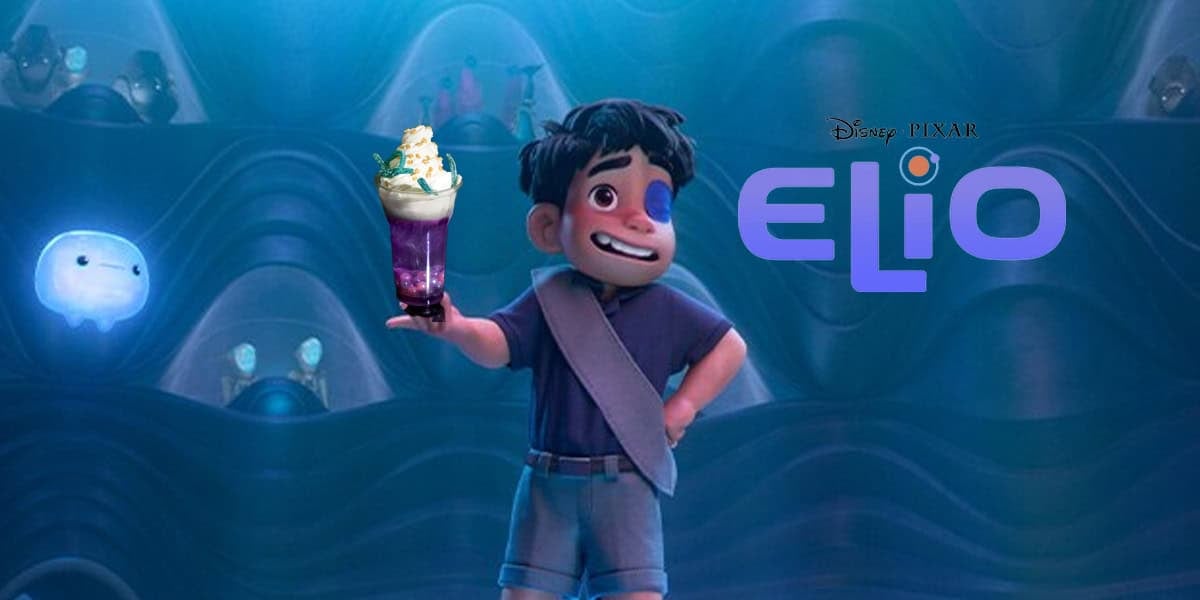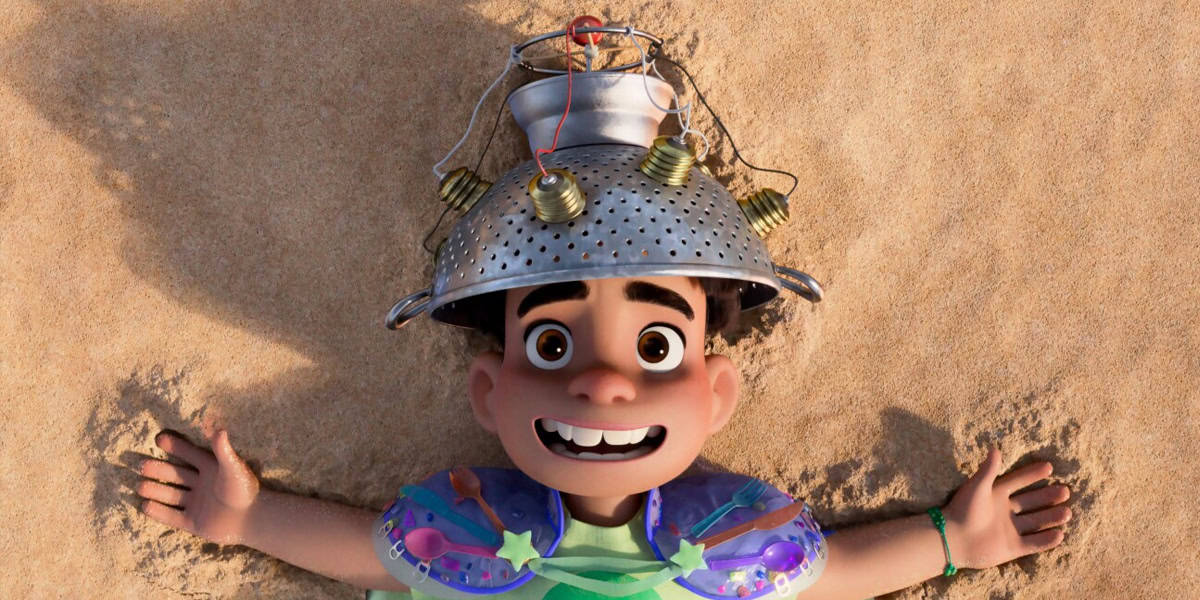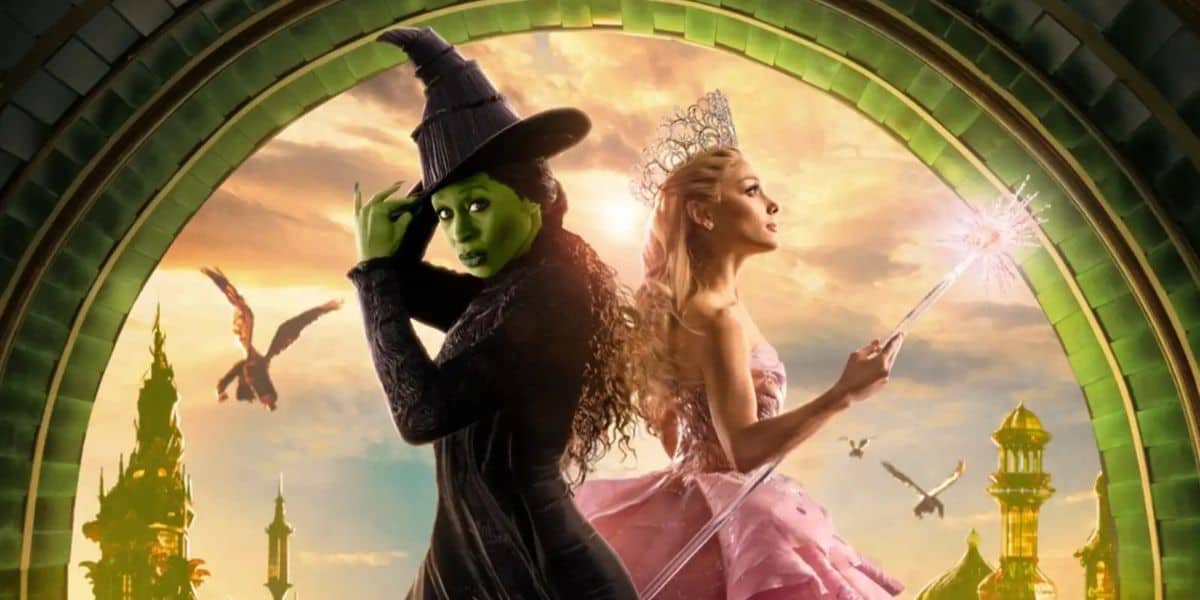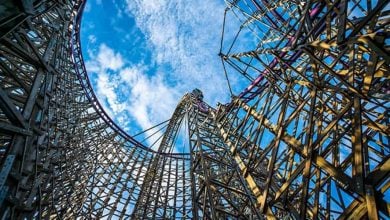Disney Just Revealed Brutal Future for Pixar After 39-Year Run
Pixar used to be the crown jewel of animation. From the moment Toy Story (1995) hit theaters, the studio built a legacy around originality, emotion, and groundbreaking visuals. But nearly four decades later, it’s hard to ignore what’s happening. Disney may not be shouting it from the rooftops, but it just admitted—through its actions—that Pixar’s glory days might be behind us.

And what’s taking center stage instead? Sequels. Lots of them.
Originals Are Failing to Bring Audiences Back
Pixar’s recent film Elio (2025) was supposed to signal a return to form. It had a heartfelt story, great early reviews, and a fresh concept. But when it landed in theaters, it bombed—earning just under $21 million in its opening weekend. That’s shockingly low for a studio that once set the gold standard.

Why did this happen? A big part of the problem traces back to the pandemic. Disney’s decision to send Soul (2020), Luca (2021), and Turning Red (2022) straight to Disney+ taught audiences that they didn’t have to show up in theaters for Pixar’s original work. That habit stuck.
Worse yet, Elio didn’t even get a major marketing push. Disney’s energy seemed focused elsewhere, like the live-action Lilo & Stitch remake. It’s hard not to interpret that as a lack of faith in Pixar’s new ideas.
Sequels Are Disney’s Safety Net
Now compare Elio’s disappointing performance with the massive success of Inside Out 2 (2025), which has become the highest-grossing animated movie of all time. Nearly $1.7 billion globally? That’s not just a win—it’s a life preserver for the Pixar brand.

And Disney’s betting big on more of that. Toy Story 5, Incredibles 3, Coco 2—they’re all on the way. Disney’s playing it safe, sticking with proven formulas that guarantee butts in seats.
Creativity Is Getting Sidelined
No one’s arguing that Pixar’s recent original films are creatively weak. In fact, they’ve still got emotional depth and artistic flair. But in today’s market, originality doesn’t pay the bills unless people actually show up. And they haven’t been.

That’s why the studio’s shift toward familiar IP isn’t just a business move—it’s a creative red flag.
Is This the New Normal?
It almost feels symbolic that Toy Story—the movie that launched Pixar—is now being used to save it. The studio that once dazzled us with fresh stories and emotional gut-punches is now relying on the nostalgia it helped build. If Pixar is in “survival mode,” this might just be the strategy that keeps it afloat… but it comes at a cost.
Unless audiences start turning up for original work again, Pixar’s future may look a lot like its past—just recycled.





